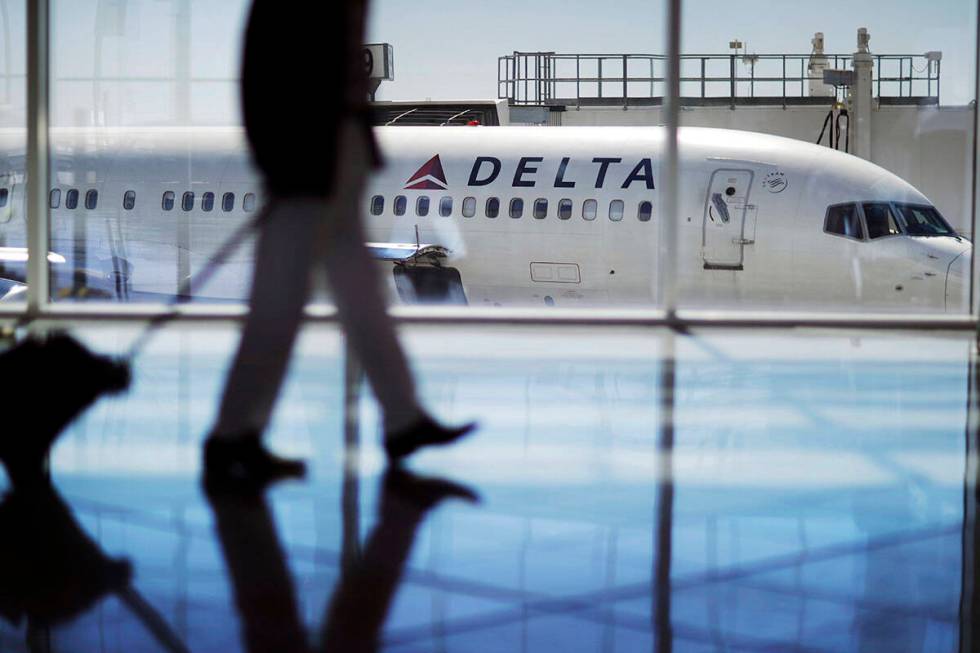COMMENTARY: Aviation safety is no accident

Safety is no accident. It may sound cliché, but it’s an important reminder that safety must be a priority for every person involved in aircraft production.
I know because I am part of this system, as are members of my family whose careers were spent flying commercial planes. From the manufacturing floor to the FAA, everyone has a role in ensuring the flying public can be confident when they step onto an aircraft.
Throughout my career, understanding the intricacies of manufacturing safe, quality products has been my focus.
Before becoming the president and CEO of Hobart Machined Products Inc., I held every position in the company’s management and technical divisions. This helped me to understand the challenges and opportunities of being a top-tier aerospace supplier, including the collaborative effort throughout our workforce to ensure a safe environment and second-to-none products. Nationwide, companies such as Hobart are the first step in an extensive chain of oversight and aircraft quality assurance.
There has been an uptick in coverage recently, questioning air travel safety. This is a healthy and necessary conversation in which everyone must be willing to participate. It must also be had in the proper context. Air travel is our safest mode of transportation, and aircraft go through regular inspections to ensure they meet airworthiness requirements.
Aviation is one of the most heavily regulated industries in the world, and the United States has the most stringent oversight of any country. Our FAA oversees inspections and maintenance checks, and they happen often.
For example, the FAA requires airline operators to create a Continuous Airworthiness Maintenance Program (CAMP) that “outlines routine and detailed inspections of aircraft” in their fleet. The checks happen regularly and address everything from routine maintenance and scheduled repairs to checks for any unknown issues.
You may have seen Line Maintenance Checks while sitting in the terminal or looking out the window before takeoff. These happen “every 24 to 60 hours of accumulated flight time,” focusing on the most fundamental safety elements of an aircraft, like the functionality of the brakes and ensuring there are enough fluids and fuel to make it from one destination to another.
In an article for Forbes, commercial pilot Tim Morgan details another set of FAA-required checks to ensure safe air travel. These are A, B, C and D checks. They span from routine to “extremely thorough” and require aircraft maintenance staff to check everything from interior and exterior damage to comprehensive inspections that can take as many as 50,000 hours of labor.
In addition to known inspections, safety checks and the universal safety standards and regulations that govern the U.S. aerospace industry, the FAA also conducts surprise visits to manufacturing and aircraft assembly sites to ensure that safety protocols are followed.
These are just a few examples of the processes in place to ensure that every part and every system on every aircraft is manufactured and assembled correctly. Each supplier company that produces physical parts or technology has its quality-assurance process in-house and abides by state and national safety regulations.
Every airline has specific safety procedures, verification processes and maintenance requirements. In the rare cases when something goes wrong, the FAA and other independent oversight organizations such as the National Transportation Safety Board oversee vigorous, detailed and exhaustive investigations to identify problems and find solutions.
Everyone in the aerospace industry — from the smallest supplier to the largest federal regulatory body — has a responsibility to ensure the safety of the flying public. It’s a mission we carry out every day because safety is no accident.
Rosemary Brester is the president and CEO of Hobart Machined Products Inc. and managing partner of HB Aerospace LLC. She wrote this for InsideSources.com.